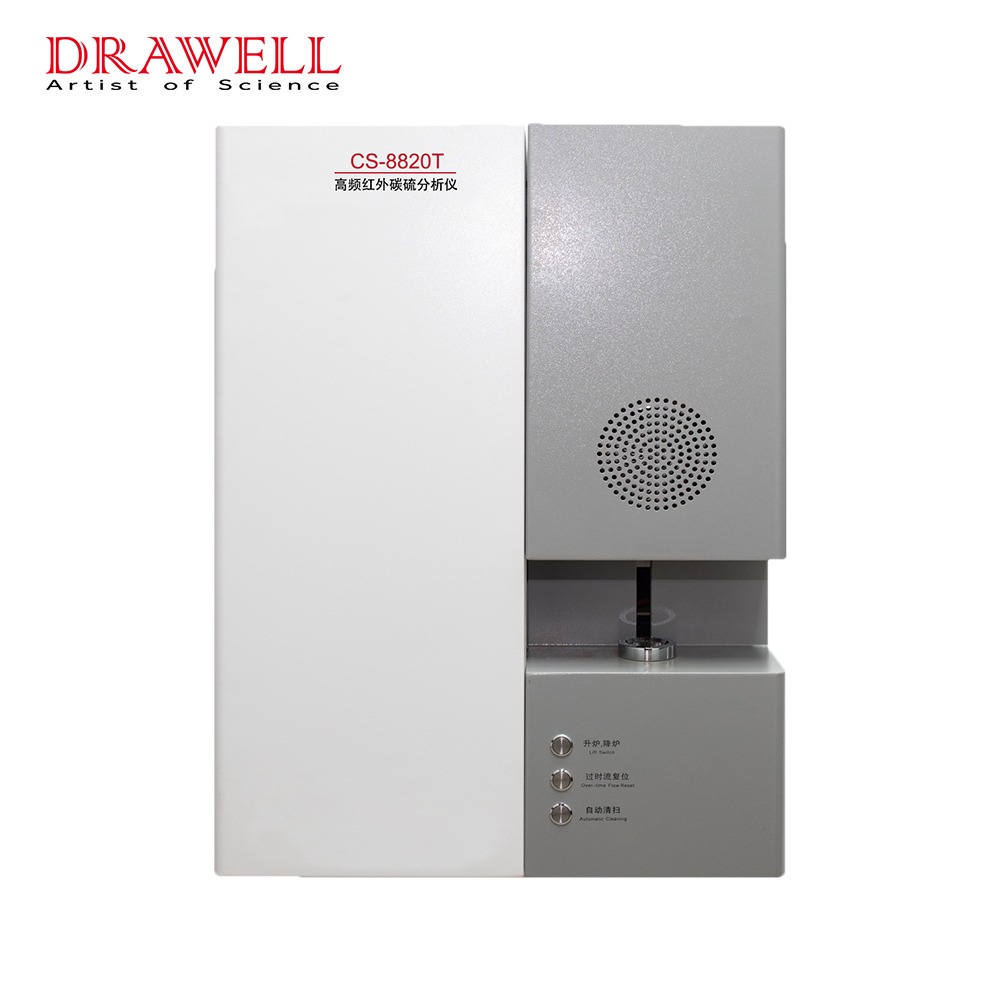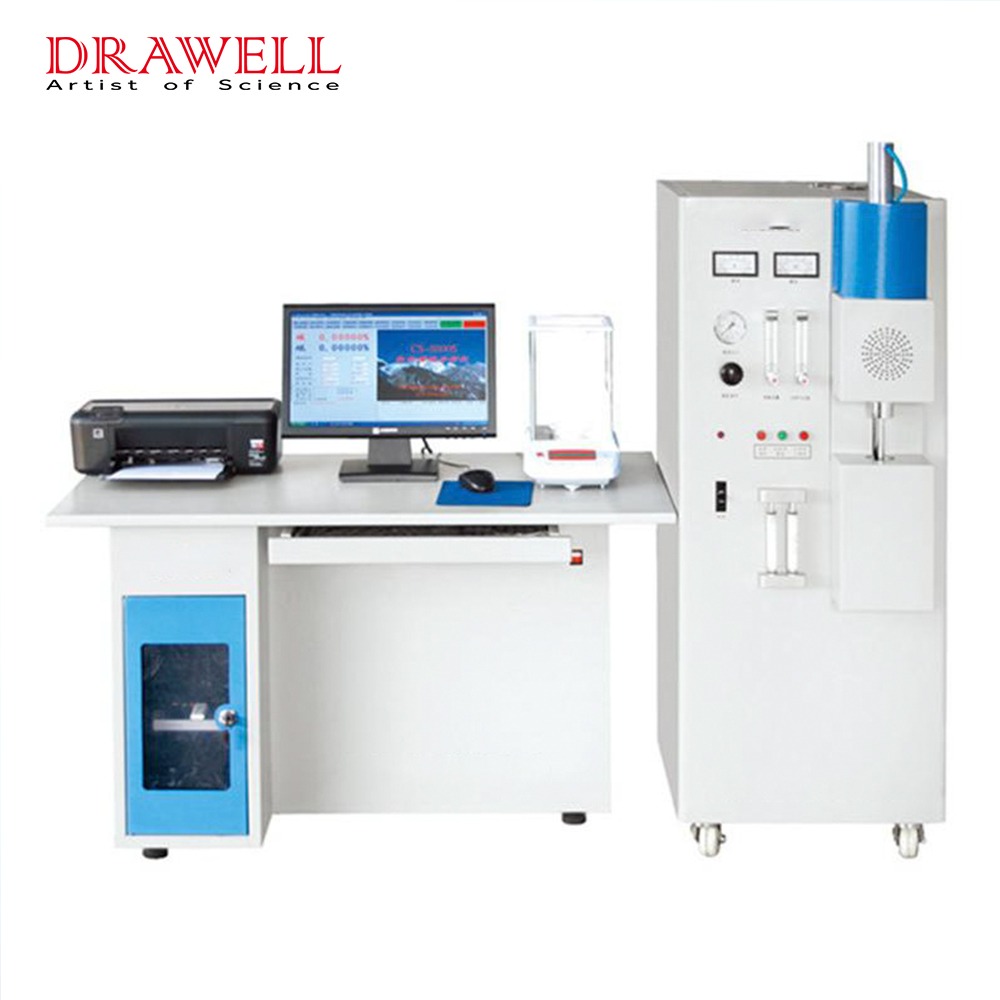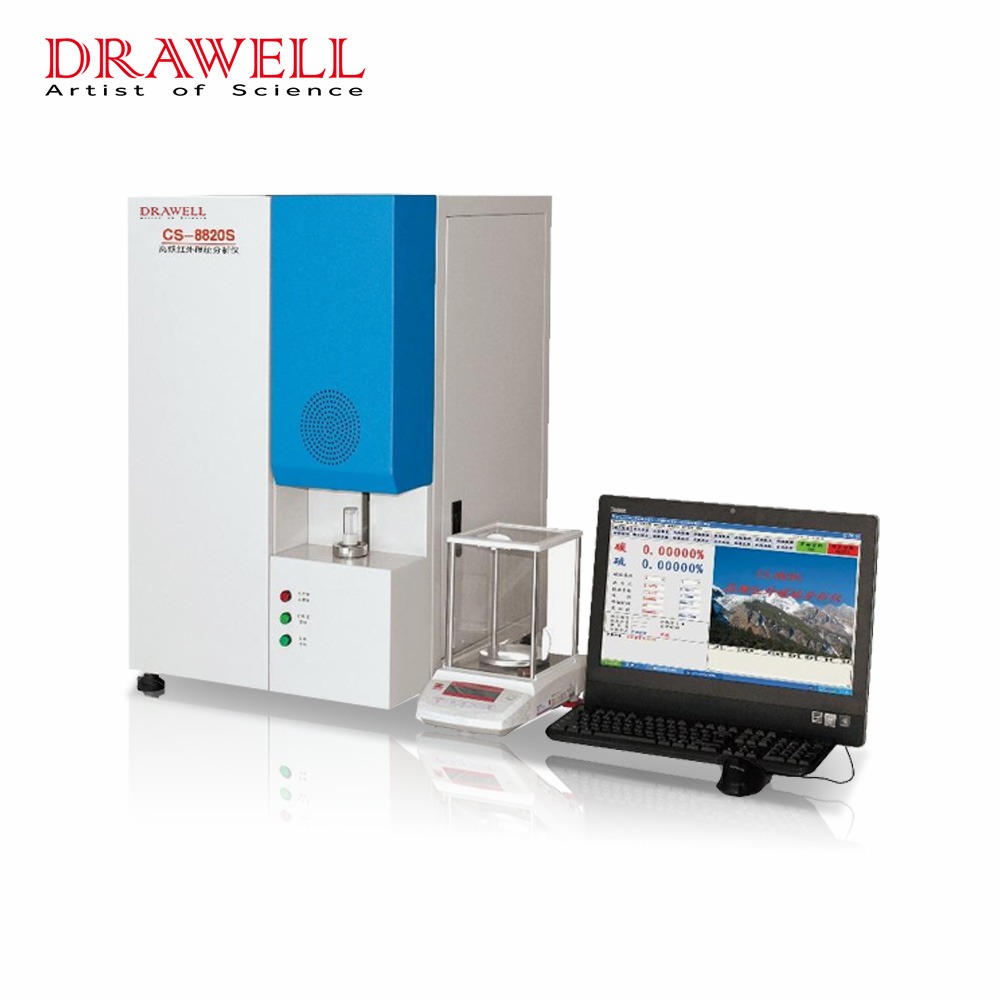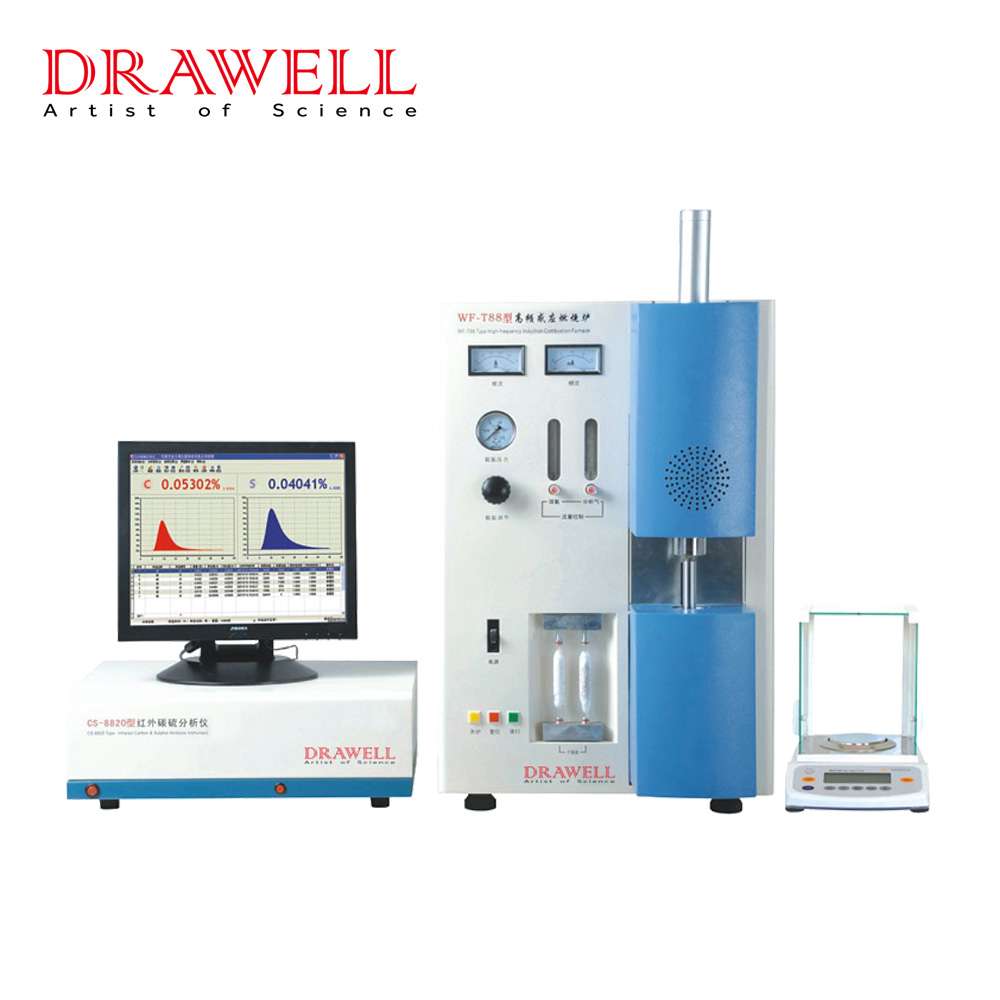Carbon and sulfur analyzers are two of the most important elements in the world. They are essential for life, but they can also be harmful to the environment and human health. Carbon and sulfur analyzers are used to measure the levels of these elements in a variety of materials, including gases, liquids, and solids. This information can be used to ensure the quality of products, to monitor environmental pollution, and to diagnose medical conditions. Here we will focus on how carbon and sulfur analyzers work and their applications in the laboratory. Hope it will help you know more about carbon and sulfur analyzers.
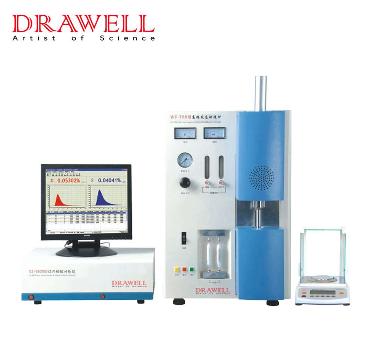
How do Carbon and Sulfur Analyzers Work in the Lab?
The specific steps involved in using a carbon and sulfur analyzer in the laboratory will vary depending on the type of analyzer being used. There are two main types of carbon and sulfur analyzers used in laboratories: combustion analyzers and infrared analyzers.
- Combustion analyzers work by combusting the sample in an oxygen-rich environment. The combustion process produces carbon dioxide and sulfur dioxide, which are then measured by the analyzer. Combustion analyzers are the most common type of carbon and sulfur analyzers, and they are typically used for high-accuracy measurements.
- Infrared analyzers work by measuring the absorption of infrared radiation by carbon and sulfur compounds. The amount of absorption is proportional to the concentration of carbon and sulfur in the sample. Infrared analyzers are less accurate than combustion analyzers, but they are faster and easier to use.
The following are the main steps involved in using an infrared carbon and sulfur analyzer in the laboratory:
- Prepare the sample. The sample must be prepared in a way that ensures that the carbon and sulfur content is accurately measured. This may involve drying, grinding, or dissolving the sample.
- Inject the sample into the analyzer. The sample is injected into the analyzer using a syringe or other device.
- Measure the carbon and sulfur content. The analyzer will measure the concentration of carbon and sulfur in the sample.
- Analyze the results. The results of the analysis will be displayed on the analyzer’s screen or printed out.
It is important to follow the safety guidelines when using an infrared carbon and sulfur analyzer in the laboratory.
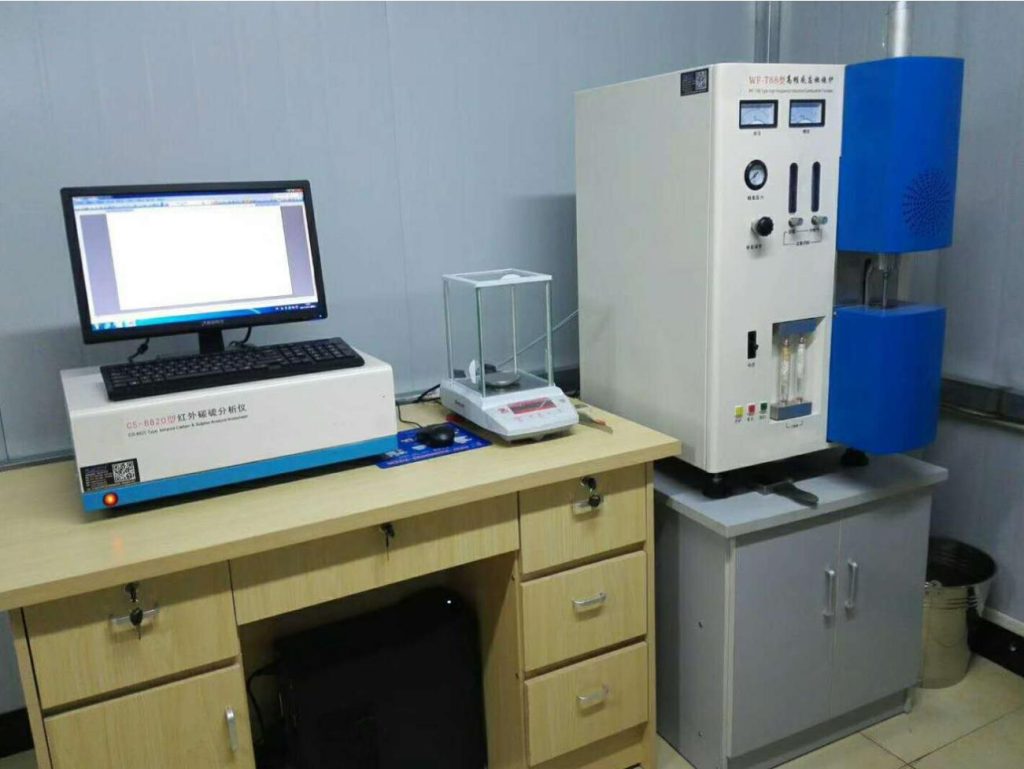
What are the Applications of Carbon and Sulfur Analyzers in the Lab?
- Metallurgical analysis: Carbon and sulfur are important components of metals, and carbon and sulfur analyzers are used to measure the levels of carbon and sulfur in metals, helping to ensure that they meet quality standards. For example, carbon content is an important factor in the strength and machinability of steel. Sulfur content can cause brittleness and weldability problems in steel. Carbon and sulfur analyzers can be used to measure the levels of these elements in steel and other metals to ensure that they meet the desired specifications.
- Petroleum analysis: Carbon and sulfur are important components of petroleum, and carbon and sulfur analyzers are used to measure the levels of carbon and sulfur in petroleum products, helping to ensure that they meet quality standards. For example, sulfur content is an important factor in the quality of gasoline and diesel fuel. Carbon and sulfur analyzers can be used to measure the levels of these elements in petroleum products to ensure that they meet the desired specifications.
- Environmental analysis: Carbon and sulfur dioxide are major air pollutants that can cause respiratory problems. Carbon and sulfur analyzers are used to measure the levels of carbon and sulfur dioxide in the air, helping to ensure that air quality standards are met. For example, carbon monoxide is a colorless, odorless gas that can be deadly if inhaled in high concentrations. Carbon monoxide analyzers can be used to measure the levels of this gas in the air to help prevent poisonings.
- Food analysis: Carbon and sulfur are used in a variety of food products, and it is important to ensure that the levels of carbon and sulfur are safe. Carbon and sulfur analyzers are used to measure the levels of these elements in food to help ensure that food quality is safe. For example, sulfur dioxide is a preservative that is used in some food products. Sulfur dioxide analyzers can be used to measure the levels of this gas in food to ensure that it is safe to consume.
- Clinical analysis: Carbon and sulfur are also important components of the human body, and carbon and sulfur analyzers are used to measure the levels of these elements in biological samples, helping to diagnose and treat diseases. For example, carbon monoxide poisoning can be detected by measuring the levels of carbon monoxide in the blood. Sulfur analyzers can be used to measure the levels of sulfur in the blood to help diagnose diseases such as cystic fibrosis.
Conclusion
Carbon and sulfur analyzers are important tools for measuring the levels of these elements in a variety of materials. They are used in a wide range of applications, including environmental monitoring, petroleum analysis, metallurgical analysis, food analysis, and clinical analysis.
Carbon and sulfur analyzers also are valuable tools for ensuring the quality of products, monitoring environmental pollution, and diagnosing medical conditions. By understanding how these analyzers work and their applications, you can make informed decisions about their use.

